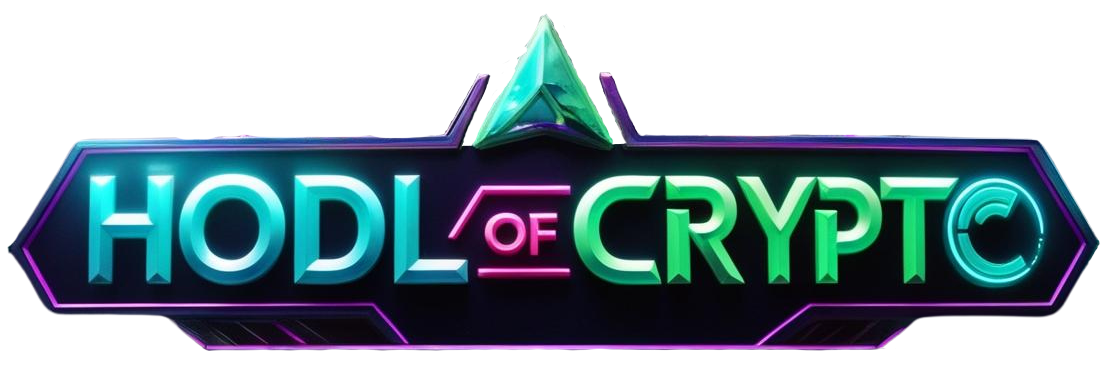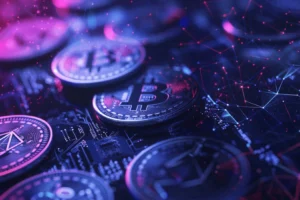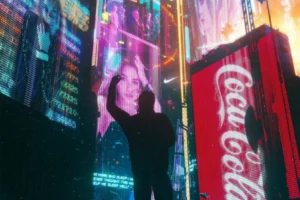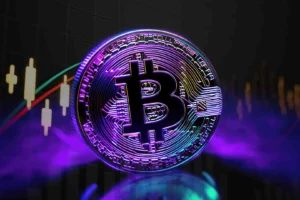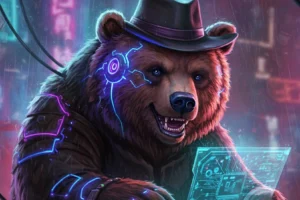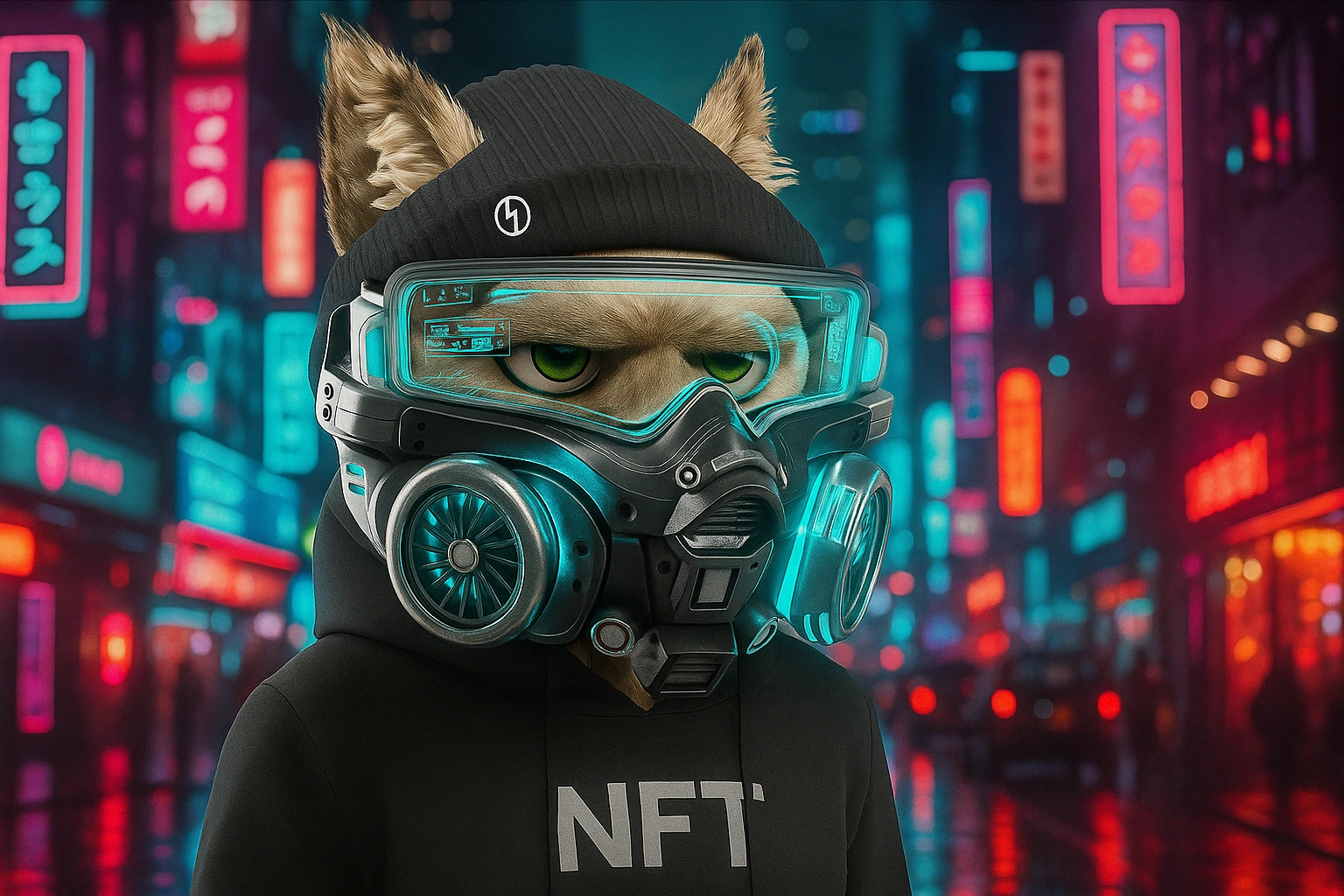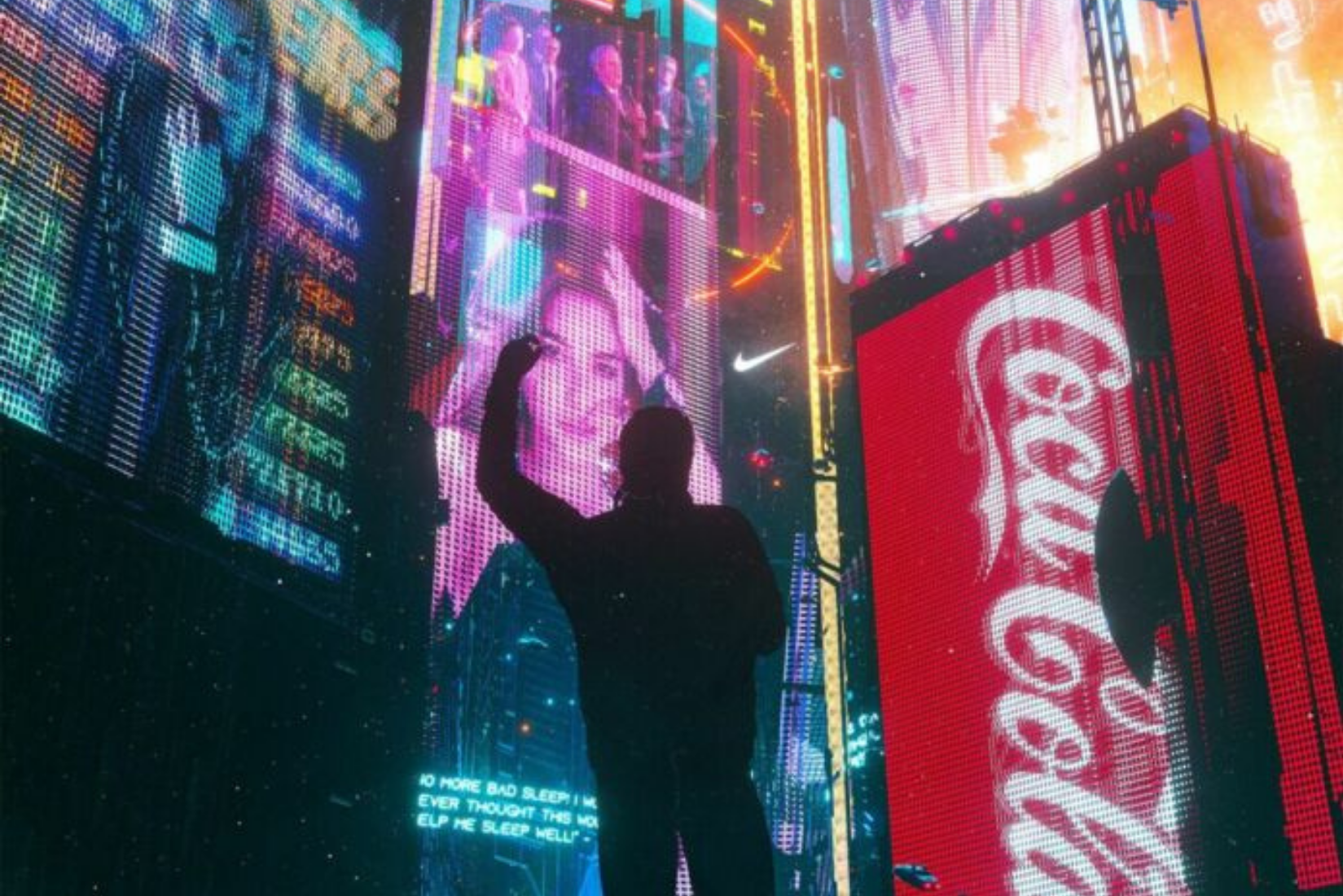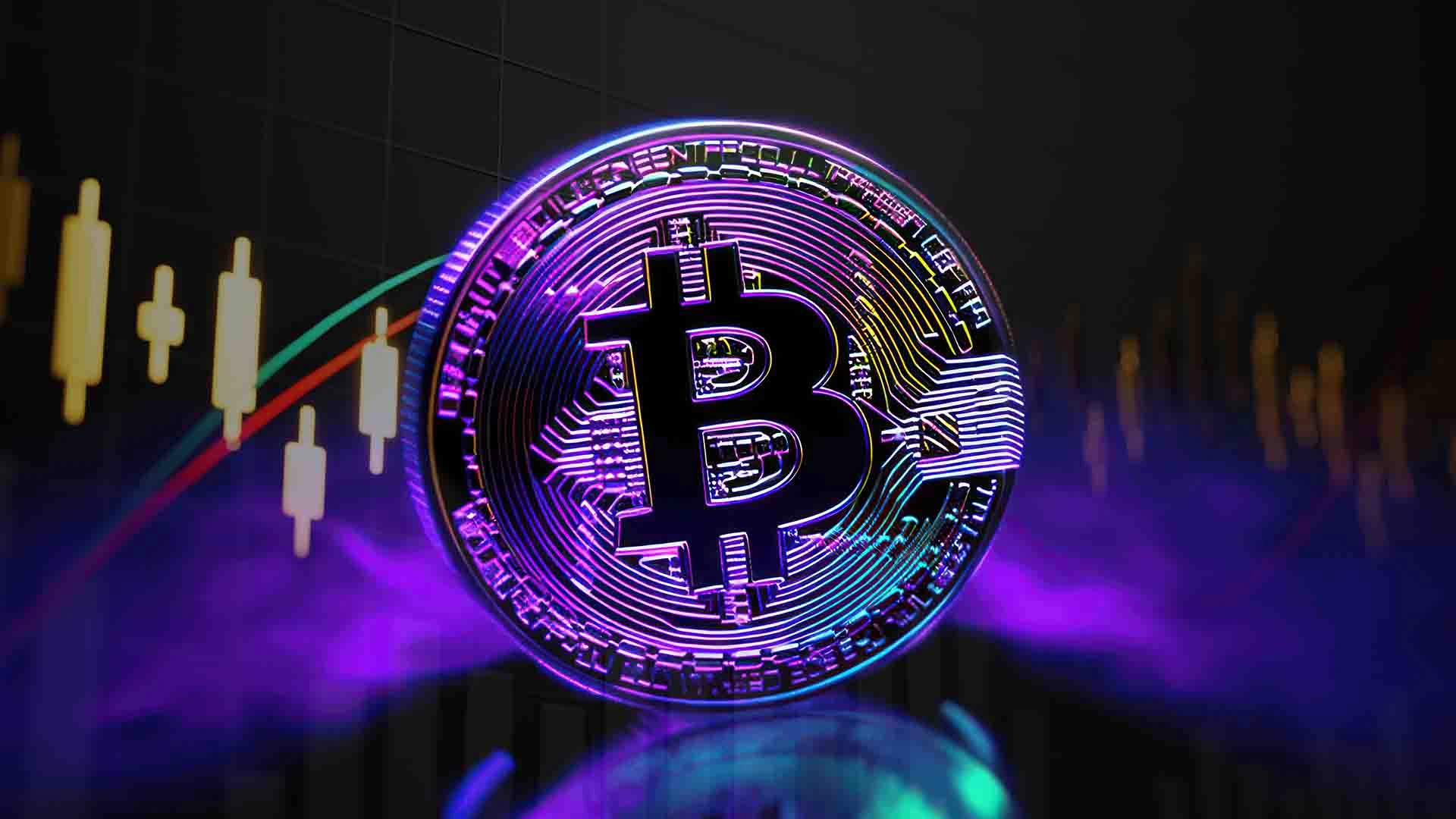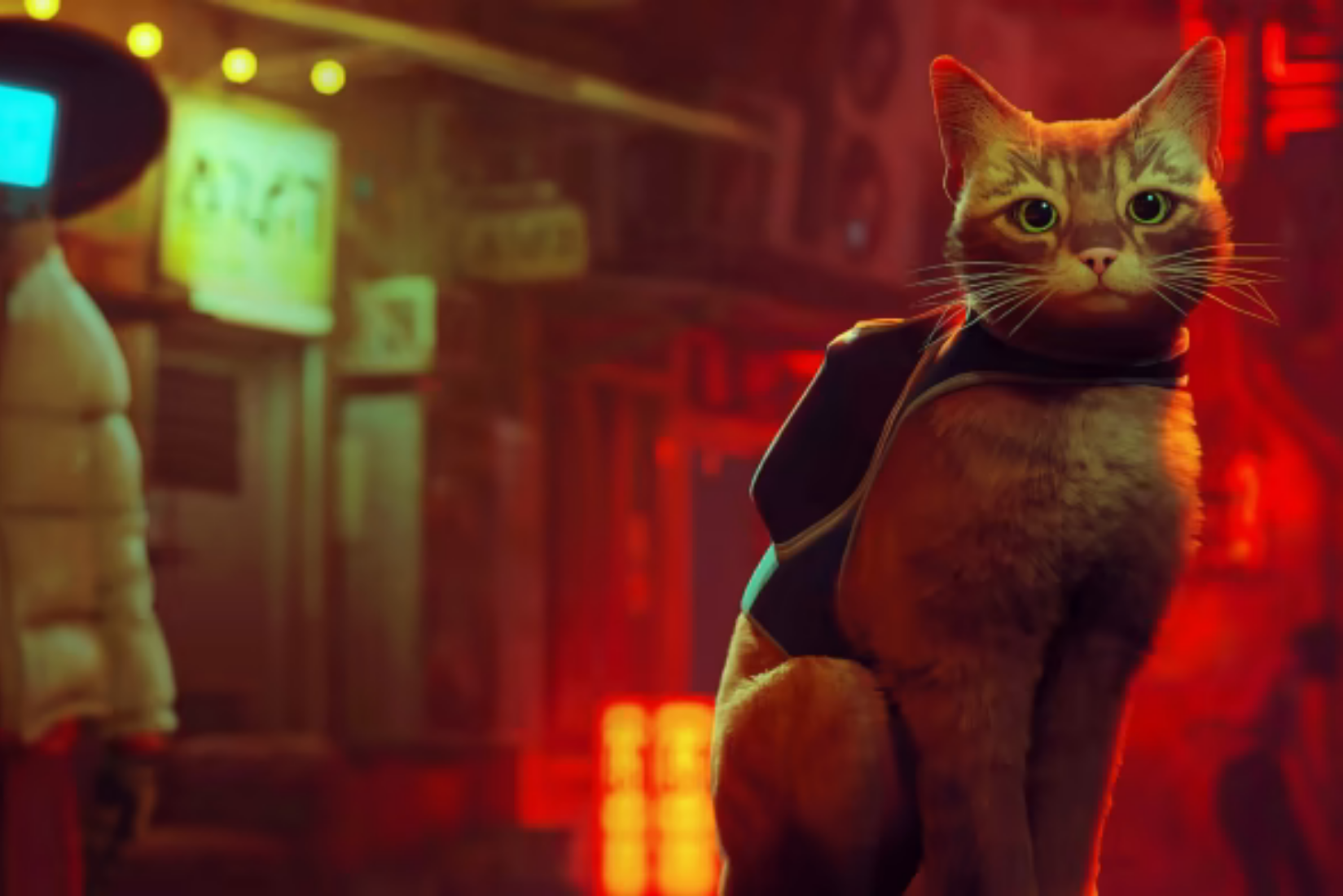Q1: What is an NFT, exactly?
NFT in NFTs 2025 stands for Non-Fungible Token. In simple terms, it’s a unique digital asset stored on a blockchain — like a certificate of ownership for something digital (an image, a song, a video, a virtual item). Unlike cryptocurrencies such as Bitcoin or Ethereum, NFTs are not interchangeable. Each one is distinct.
In 2025, NFTs are used for much more than just digital art. They authenticate ownership, enable royalties, and support new forms of digital economy — especially in Web3 art markets.
Q2: Are NFTs just overpriced JPEGs?
This is one of the most common misunderstandings.
While it’s true that many early NFTs were images or GIFs — some selling for absurd amounts — the NFT itself is not the image. It is a token that proves you own the original version of a digital file. Others may still see or copy the file, but only the NFT holder has verified ownership on the blockchain.
It’s the difference between seeing the Mona Lisa online and owning it (if it were for sale). The image is public. The tokenized ownership is not.
Q3: Didn’t NFTs crash after 2021? Why are we still talking about them in 2025?
Yes, 2021–2022 was a speculative bubble. Many projects collapsed, and some investors lost money. But the crash didn’t eliminate the core technology. In fact, it clarified what NFTs are truly useful for — and cleared space for real innovation.
Today, NFTs 2025 are more stable, more focused, and more embedded in real use cases: creator royalties, verified ownership, in-game assets, virtual credentials, and more.
Q4: What’s happening with NFTs in Vietnam specifically?

Credit from Vietnam Investment Review
Vietnam has emerged as a surprising NFT powerhouse. According to a 2022 Statista report, Vietnam ranked top 5 globally for NFT ownership.
Local creators like Xeo Chu have sold artwork as NFTs. Companies like Sky Mavis, makers of Axie Infinity, have put Vietnam on the global Web3 map. Vietnamese gamers, artists, and developers are actively creating, selling, and trading NFTs — often without relying on big-name platforms.
Although Vietnam lacks formal legal recognition of NFTs as “property,” that hasn’t stopped their growth. The Web3 community here is fast-moving, innovative, and deeply involved in the global conversation.
Q5: Can I make money with NFTs in 2025?
It’s possible — but it’s not guaranteed.
Unlike the gold rush days, NFTs are no longer seen as a fast-profit scheme. Instead, they are digital tools for creators, collectors, and gamers. Artists earn income from direct sales and even resale royalties built into smart contracts. Collectors who buy rare or valuable NFTs may see them appreciate over time.
However, success depends on the quality of the project, the strength of the community, and — increasingly — the real utility behind the token.
Q6: Are NFTs environmentally harmful?
This used to be true, especially when NFTs were mostly minted on Ethereum’s old proof-of-work model, which consumed large amounts of energy.
But as of 2025, Ethereum has transitioned to a “proof-of-stake” system, reducing energy use by over 99%. Many newer platforms — like Tezos, Solana, and Polygon — are even more efficient.
Vietnamese creators who care about sustainability now have greener blockchain options when launching NFT projects.
Q7: Are NFTs legally protected in Vietnam?

Credit from IP and Legal Filings
Currently, Vietnam does not legally classify NFTs as property. That means NFT transactions are not formally recognized under the Civil Code — similar to how Vietnam handles cryptocurrencies.
That said, NFTs are still used and traded in Vietnam. They hold practical value within digital platforms, even if full legal protections don’t yet exist. Experts expect that legal frameworks for NFTs and virtual assets will emerge as the digital economy continues to expand.
Q8: Do NFTs give you copyright to the content?
No — and this is often misunderstood.
Owning an NFT does not automatically give you the intellectual property (IP) rights to the associated image, song, or file. Think of it like buying an autographed print: you own that copy, not the rights to reproduce it commercially.
Some NFT creators include licensing terms, but unless it’s clearly stated, you don’t own the copyright.
Q9: What’s new or different about NFTs in 2025?
The biggest change is how integrated NFTs have become. They’re no longer just digital collectibles. They are tools — for proving attendance at events, accessing exclusive content, securing in-game assets, verifying online identities, and even storing academic credentials.
In Vietnam, we’re seeing new Web3 platforms focused on NFT-powered publishing, ticketing, and certification. Young artists are launching their first collections. Musicians are testing direct-to-fan models. Startups are using NFTs to create new business models.
NFTs in 2025 are quieter, more functional — and arguably more meaningful than ever.
Q10: So… do NFTs still matter?
Yes — but for different reasons than in 2021.
They no longer shock or impress with million-dollar sales. Instead, NFTs 2025 matter because they’ve matured. They offer digital creators ownership. They enable new forms of commerce and collaboration. They help structure economies in the Web3 art market and beyond.
For Vietnamese creators, developers, and even investors, understanding NFTs is no longer a curiosity — it’s a form of digital literacy.
Final Thoughts on NFTs 2025
NFTs aren’t dead. They’ve simply grown up.
As Vietnam continues building its digital economy, NFTs offer local creators and entrepreneurs a toolset to participate globally — on their own terms. They may not be magic, but they’re not empty either.
The next chapter of NFTs won’t be written in headlines. It will be built quietly, in code, in art, and in communities that understand the real value of digital ownership.
